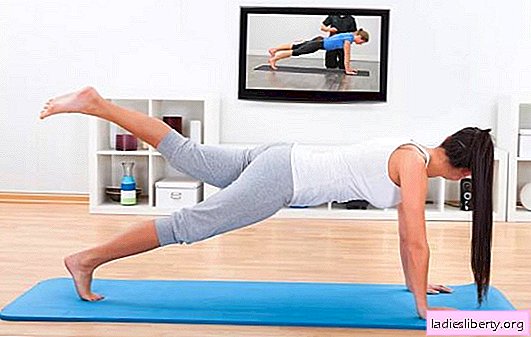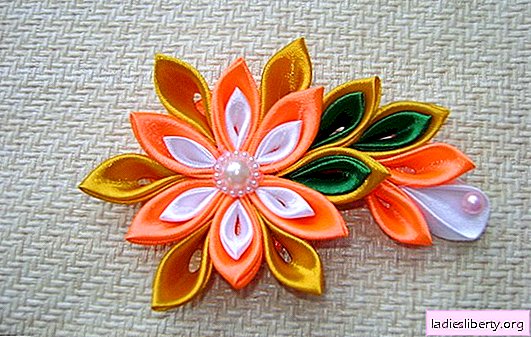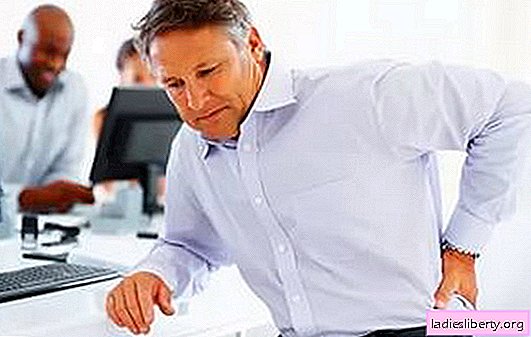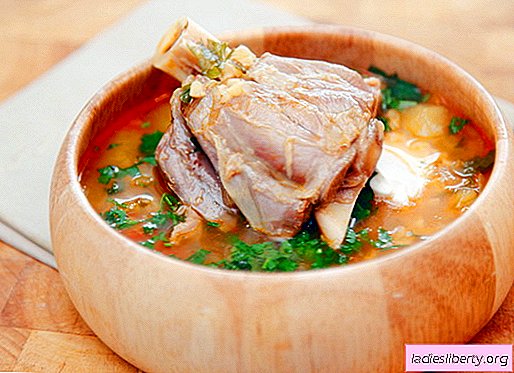
According to WHO statistics, every tenth person has coxarthrosis. The disease is characterized by constant progression. Like drug therapy, gymnastics for the hip joint with coxarthrosis is one of the most affordable and effective methods of preserving the joint and its functions.
Coxarthrosis - the most common pathology of the hip joint
Coxarthrosis (deforming arthrosis of the hip joint) is a degenerative - dystrophic disease in which degeneration of the articular cartilage develops with a change in its surface, the formation of osteophytes and arthritis.
Coxarthrosis is an inflammatory process.
Cartilage changes and osteophyte overgrowth are manifested by pain during stress on the joint and when walking, intensifying towards evening, jamming (symptom of “blocking the joint”), limitation of mobility, and morning stiffness.
If coxarthrosis is not treated, the disease progresses: shortening of the joint and lameness develops - duck gait, atrophy of the thigh muscles. It is a disabling pathology.
Other indications for therapeutic exercises
In addition to coxarthrosis, indications for gymnastics for the hip joint are:
• aseptic necrosis of the femoral head;
• ankylosing spondylitis;
• domestic and sports injuries - dislocation of the joint.
Contraindications for gymnastics for the hip joint
Any recovery begins with gymnastics. There are certain contraindications for its implementation. These include:
• high body temperature,
• high blood pressure;
• exacerbation of any chronic diseases;
• pathology of blood vessels and heart;
• hernia;
• “critical” days for a woman;
• condition after operations;
• acute infectious diseases, surgical pathology (appendicitis).
Gymnastics for the hip joint - goals and objectives for joint pathology
To avoid severe consequences, with early signs of pathology, it is necessary to immediately begin therapy. One of its directions is for the hip joint.
Gymnastics is a therapeutic method, so you need to start it only after consulting a doctor who will prescribe additional examinations if necessary, select a complex and verify the correctness of its implementation. Self-medication in this case is dangerous, since improperly performed exercises will aggravate the disease.
Based on changes in the joint, the tasks of gymnastics are:
• reducing the restriction of movements and pain as much as possible;
• strengthening atrophied thigh muscles;
• slowing down the process of cartilage destruction.
Exercise therapy for arthrosis of the hip joint includes dynamic and static loads, implying isometric muscle tension without body movements.
Static elements of gymnastics work well on the joint, if done smoothly and slowly, with a small amplitude (the criterion is the arising pain), but with muscle tension and their training. They are preferable, since their implementation allows minimizing the use of the joint with sufficient load on muscle tissue.
When performing dynamic exercises, the range of motion of the affected joint should also be minimal. When running, fast and prolonged walking, energetic swings with legs, the pain worsens, the situation worsens.
Hip Gymnastics Requirements
Patient movements should be gentle, not adversely affect cartilage, and not aggravate the course of the disease.
To achieve the effect, gymnastics must be done daily, at about the same time, set yourself up for the obligatory performance of exercises, include them in your daily routine and treat them like washing and brushing your teeth. In this case, it will become a habit, the treatment process will be unobtrusive.
The position of the patient when performing complex elements should not increase the load on the sore joint.
Before performing the complex, you need to “warm up” the muscles with a light massage. During exercise, monitor breathing and heart rate. The heart rate should not exceed 108 beats per minute. At the end of each element of gymnastics, you need to restore breathing by making a smooth breath, raising your hands, and exhaling when they are lowered.
If pain occurs when exercise occurs, the session should be discontinued.
Basic exercises of the gym for the hip joint
In the initial stages of arthrosis, pain in the joint is unstable: they appear with great physical exertion. During this period, patients practically do not seek medical help, since pain can still be tolerated. It was established that even with deep pathological changes, compensatory processes allow the joint to function under the condition of well-developed muscles. This can be achieved by regular training. It is the timely start and regular holding of classes during this period that can save the joint. Recommended exercises are performed while lying on your back and stomach.
Lying on the back
• Hands "at the seams", each leg in turn to lift up, bending it in the knee joint and again unbending. The number of exercises is 8-10.
• In the same position, raise both legs, bend and bend the knee of one leg, then the other.
• Raise your straight leg and stretch your heel up.
• Exercise "bike" - done with legs bent at the knees.

• Exercise "pendulum": lifting a straight leg up, swing it, like a pendulum, from side to side. Repeat the same with the other leg.
• If the condition allows, you can perform “scissors”: lifting straight legs, move your right foot to the left, left - to the right and vice versa.
• Legs bent at the knees: Slowly spread the knees as much as possible to the sides, then connect them - this exercise is aimed at increasing the mobility of the joints. Try to do each breeding as much as possible.

Lying on its side
• Lean on the elbow and palm of the opposite hand. Raise a straight leg with a bent foot. Repeat with one foot, then the second on the other side.
• Lying on your side, bend your lower leg, raise the second and lower it in a straightened position.
• With an effort to bend as much as possible towards the knees of the foot for 15 seconds 5 times.
Belly exercises

• Alternately bend and unbend the leg in the knee joint.
• Raise the extended straight leg 20 - 30 cm and slowly lower it.
• Without lifting your shoulders off the floor, raise your hips as far as possible from the floor (about 10 cm).
• Extending strongly, raising arms and legs at the same time, trying to reach the legs with your hands behind your back.
Standing
• Raise legs alternately, bending them at the knee.
• Squats with bent legs. In case of joint pain or inability to rise to its original position, you can use a chair or a wall as a support.
• Torso tilts forward - backward and turns the torso. This exercise can be performed if there is no pain.
• Spread the legs wider than the shoulders and get the side of the leg tilted left and right.
• All of the above items are performed 5 to 7 times.
Sitting on a chair.
• Raise, bend, and lower, unbending the legs in the knee and hip joints.

• Holding the back of the chair, perform squats on bent legs. At the same time, keep a straight posture and, if necessary, use reinforcing corsets.
You need to understand that even with the right exercise, the improvement will not come immediately: 2 weeks after the start of gymnastics for the hip joint, the pain can intensify. Significant relief comes after 4 weeks of training.
All of the above gymnastics exercises for the hip joint are useful not only for patients with coxarthrosis and other joint injuries, but also for completely healthy people. They will serve as a good prevention of changes in the joints, inhibit the onset of degenerative processes.
It is important to regularly carry out the recommended exercises without waiting for the appearance of pain and then it will be possible for many years to maintain healthy joints. And remember that movement is the most effective method of preventing joint disease. Therefore, a change in a sedentary lifestyle, physical activity are inalienable conditions for preventing the development of any pathology.











